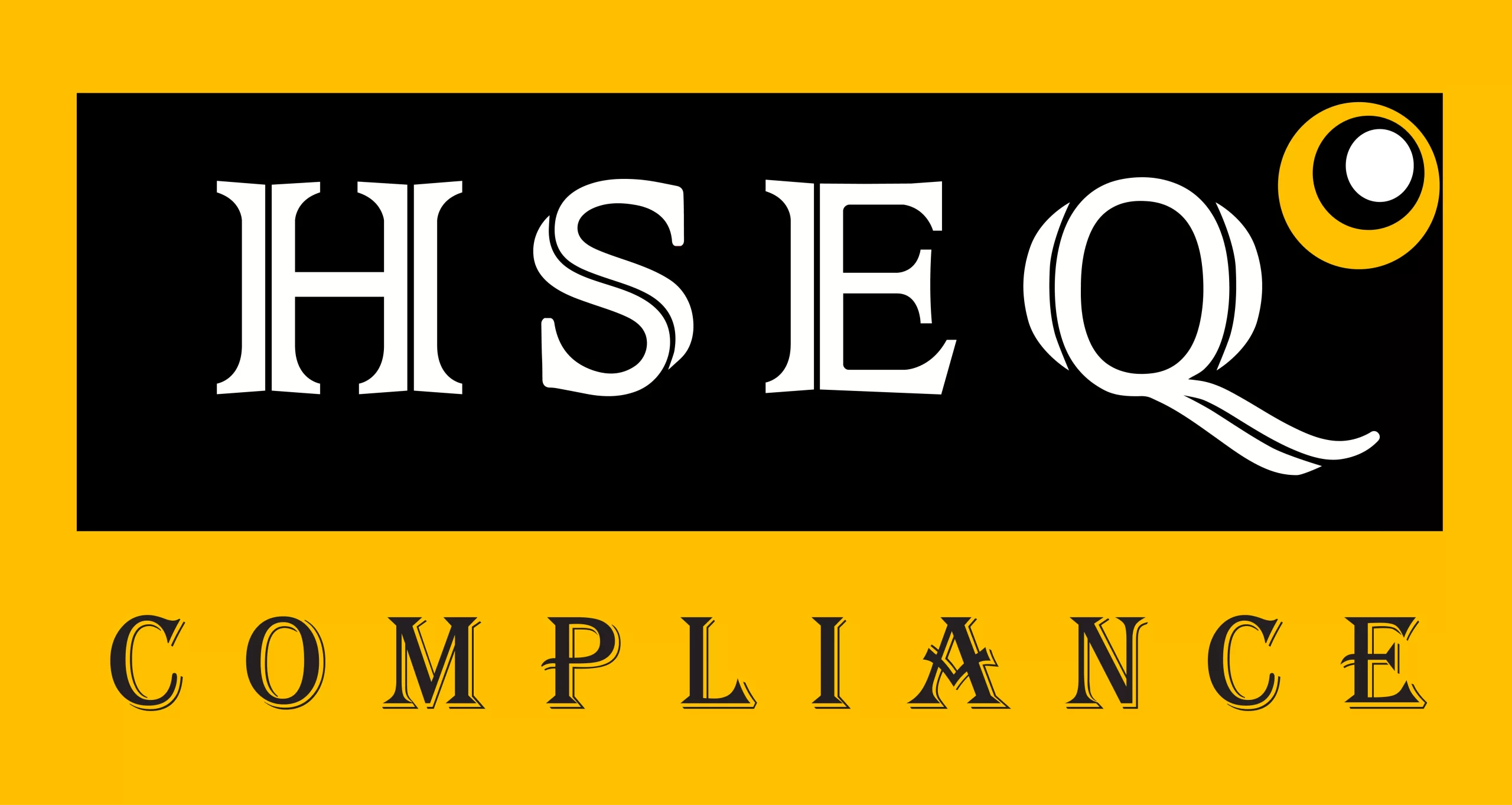Gap analysis is a powerful tool that organizations use to assess the difference between their current performance and their desired goals. By identifying these gaps, businesses can implement strategies to bridge them, optimizing their operations and improving overall performance. Here are five key benefits of incorporating gap analysis into your organizational strategy:
Benefits of Using Gap Analysis in Your Organization
1. Enhanced Strategic Planning
One of the primary benefits of gap analysis is its contribution to strategic planning. By clearly identifying the disparities between current performance and desired outcomes, gap analysis provides valuable insights into where an organization needs to focus its efforts. This clarity allows leadership to set more precise, actionable goals and create targeted strategies to address specific areas of improvement.
For example, if a company aims to increase its market share but finds a significant gap in its sales process, the gap analysis will highlight this issue. Consequently, the company can develop a strategic plan that addresses these weaknesses, such as enhancing the sales team’s training or improving customer acquisition strategies. This targeted approach ensures that resources are allocated efficiently and that efforts are directed toward achieving the most impactful results.
2. Improved Efficiency and Productivity
Gap analysis helps organizations pinpoint inefficiencies and areas where processes can be optimized. By identifying gaps between current practices and best practices or industry standards, organizations can streamline their operations, reduce redundancies, and improve overall productivity.
For instance, a gap analysis might reveal that a company’s production processes are outdated compared to industry benchmarks. This insight can lead to the implementation of modern technologies or process improvements that enhance production speed and reduce costs. By addressing these gaps, organizations can operate more efficiently, minimize waste, and boost productivity, ultimately leading to increased profitability.
3. Better Resource Allocation
Effective resource allocation is crucial for achieving organizational goals, and gap analysis plays a significant role in this aspect. By identifying where gaps exist, organizations can prioritize their resources—whether they are financial, human, or technological—toward areas that need the most attention.
For example, if a gap analysis shows that a particular department is underperforming due to a lack of skilled personnel, management can allocate resources to hire or train employees in that area. Conversely, if another department is over-resourced, adjustments can be made to reallocate resources more effectively. This strategic allocation ensures that investments are made where they will have the most significant impact, supporting overall organizational success.
4. Enhanced Risk Management
Gap analysis is a valuable tool for identifying potential risks and vulnerabilities within an organization. By understanding the gaps between current performance and desired goals, businesses can anticipate and address potential risks before they escalate into more significant issues.
For instance, if a gap analysis reveals that a company’s cybersecurity measures are not up to industry standards, the organization can take proactive steps to strengthen its security protocols. This proactive approach helps mitigate risks, protect valuable assets, and ensure business continuity. By identifying and addressing risks early, organizations can avoid costly disruptions and maintain a more secure and stable operational environment.
5. Increased Competitive Advantage
In today’s competitive business landscape, staying ahead of the competition requires continuous improvement and adaptation. Gap analysis provides organizations with a competitive edge by identifying areas where they lag behind competitors and highlighting opportunities for differentiation.
For example, if a company’s gap analysis shows that competitors offer superior customer service, the organization can implement strategies to enhance its own customer service offerings. This could involve investing in customer support training, improving response times, or adopting new technologies to better meet customer needs. By closing these gaps, organizations can position themselves more favorably in the market, attract and retain customers, and strengthen their competitive position.
Conclusion
Gap analysis is a vital tool for organizations seeking to bridge the gap between their current state and their desired objectives. By enhancing strategic planning, improving efficiency, optimizing resource allocation, managing risks, and gaining a competitive advantage, organizations can achieve better performance and drive long-term success. Incorporating gap analysis into your organizational strategy ensures that you are not only aware of your current shortcomings but are also equipped with actionable insights to address them effectively.

